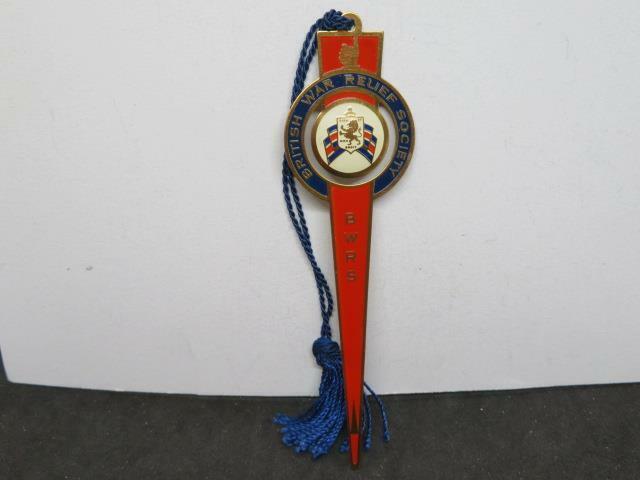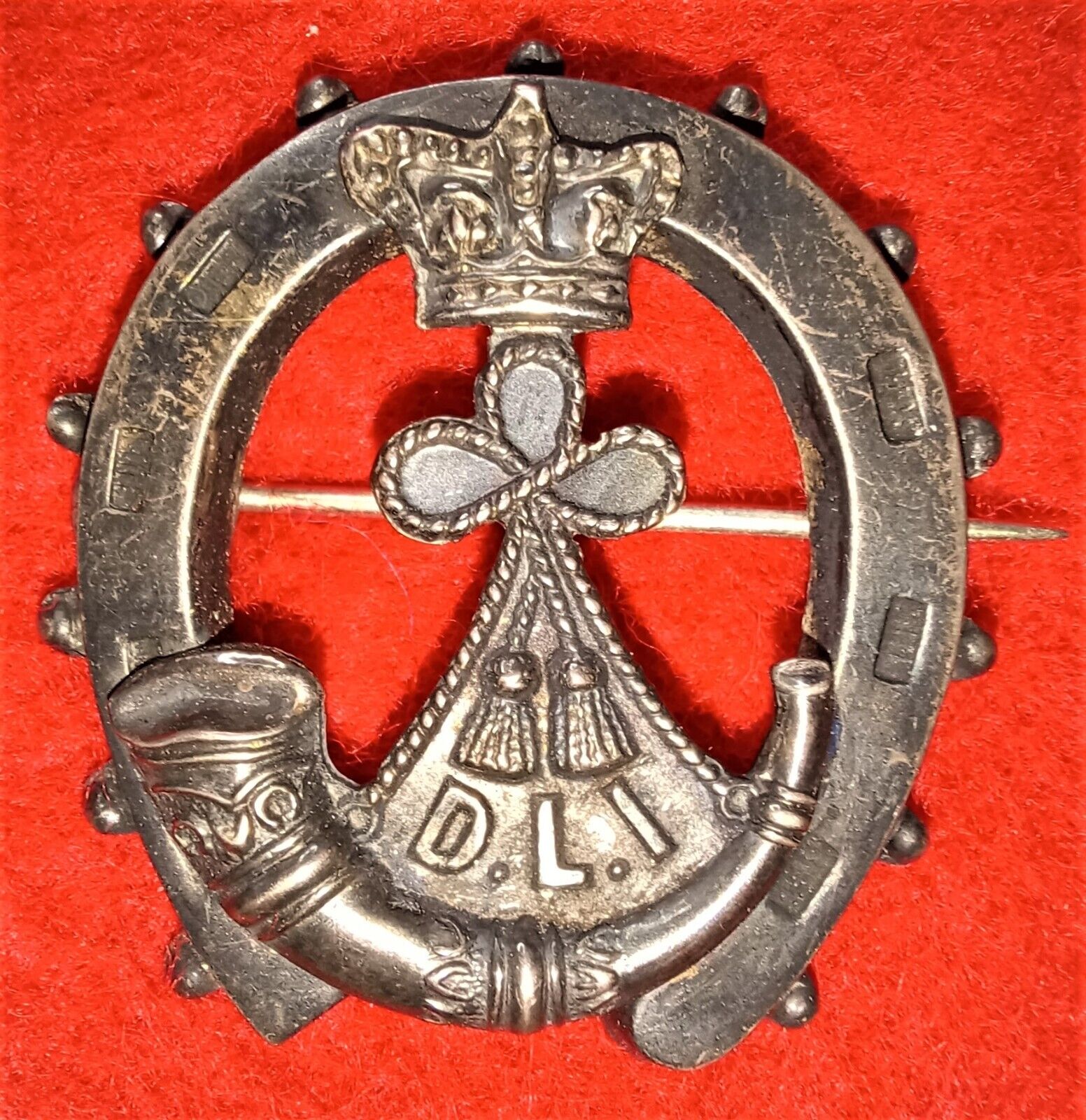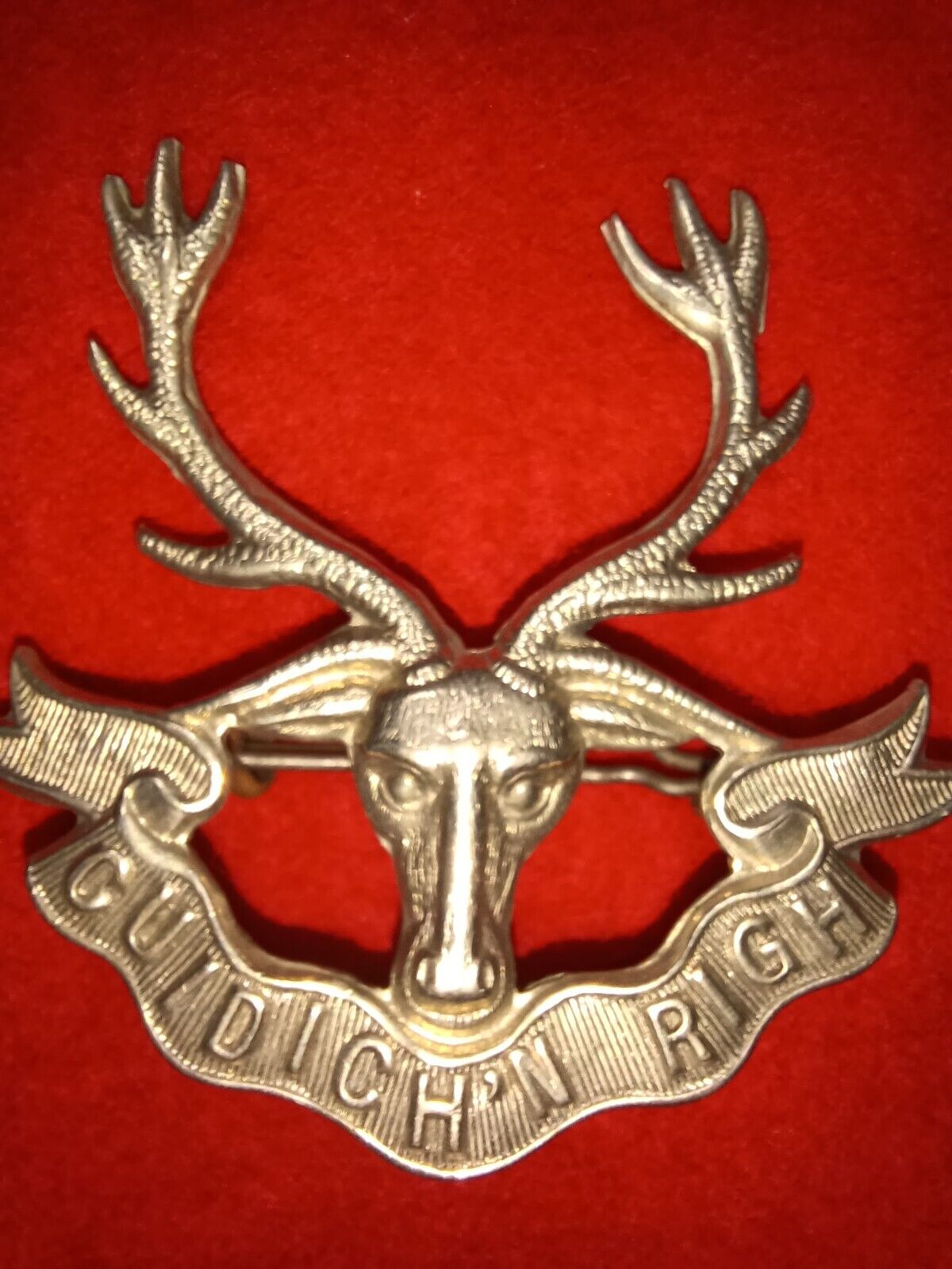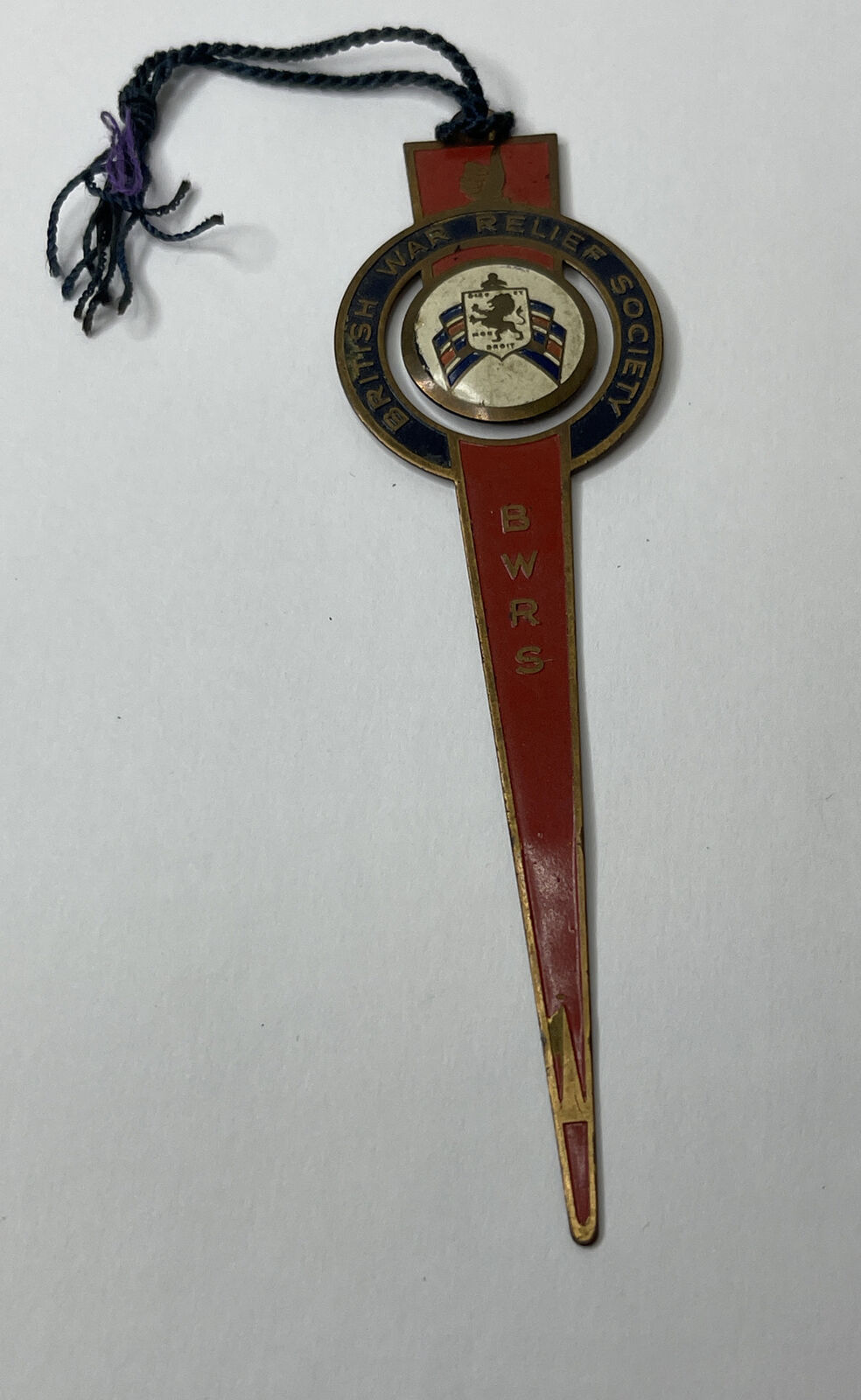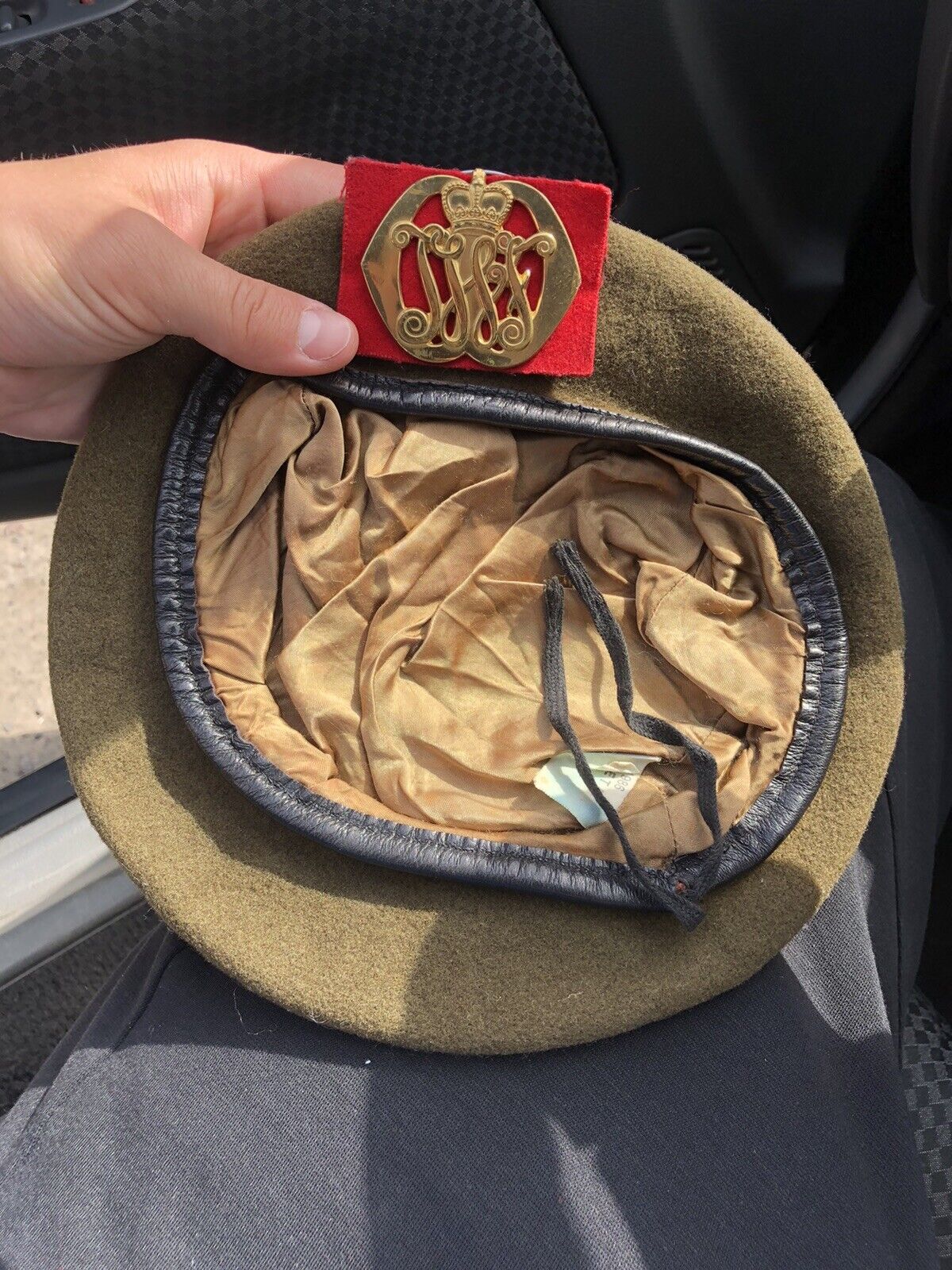-40%
WW2 BRITISH Army RAMC Medical Tin Bandage Syrette Glider RAF Airborne first aid
$ 264
- Description
- Size Guide
Description
WW2 BRITISH Army MilitaryRAMC Medical LOT
1) Triangular bandage, illustrated
Vernaid type approved by James Cantlie
Off white to yellowish cotton muslin? cloth
Description from the Imperial War Museum:
Cream-coloured triangular bandage printed on one side with illustrations of how the bandage might be used and accompanying text, for example 'Fracture Of Thigh (Femur)', 'Fracture Of Bones Of Hand' and 'Knee Bandage', 'The Vernaid Bandage' is printed along the bottom and in top corner there is a cross containing the inscription 'V & Co. Ltd.' Production year listed as 1925.
2) Fuse Tin
Empty fuze - fuse tin. Green. Removable friction fit top. Some paint loss.
Approx 2.5" diameter x 4.5" tall
Unsure of exact application (25 pdr ?) but in this context it holds the triangular & compressed bandages along with a pad of some absorbent cotton.
3) Compressed bandage
White bandage. Compressed brick of cotton type gauze? perhaps. Waxy paper wrapper is present but loose.
4) Roche Tubunic Tin
*INERT*
Complete aluminum tin with screw cap lid, 44 dated cloth instruction sheet, paper sleeve for sheet marked "Instructions", dosage tags, cardstock divider & six foil sealed omnopon ampoules / containers (components include plastic housing, cork, foil etc). Outer storage lid shows evidence of having been sealed with black cloth tape (just gooey remnants now).
Approx 2.5" diameter x 3" tall
Rendered inert & safe -- contents drained & desiccated over time. That is, all tubes are *empty* -- on the bottom where they are marked "Pull here" in the foil there is a tiny hole in the "P" and a corresponding drain hole in each tube.
Note the 2nd to last reference photo from the British Medical Journal, June 1943, announcing the introduction of the new, more easily deployable, "Safety Model" syrette. Roche started manufacturing these types of items well before WW1 so they had a long and successful design history and were at the forefront of clean, rapid delivery. These safety models are also described on the IWM site.
And note the last reference photo of the inventory of the Outfits First Aid for Glider Aircraft circa 43. What's interesting is the notation of a tin of six with six labels (dosage tags). . .and also note the "method for use" describes the earlier, pre-June 43 Roche device which had a removable glass hood (the B-W Monojects were bakelite) & required the unwrapping of a securing wire. Moreover, there's anecdotal evidence of deplaning glider troops grabbing these loaded aid kits and carrying them forward into the fight.












